With the unemployment rate hovering at an all-time low of 4.1% and the department of labor reporting a decline in average employee tenure, retaining your current employees is more important than it was a few years ago. If you have a low retention rate and a high turnover rate, meaning that employees jump ship faster than you can hire new ones to replace them, there might be a reason.
Once you determine what your employee retention issues are, you can work with senior management to fix them.
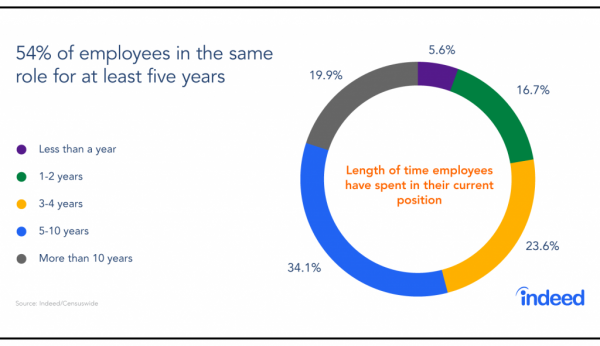
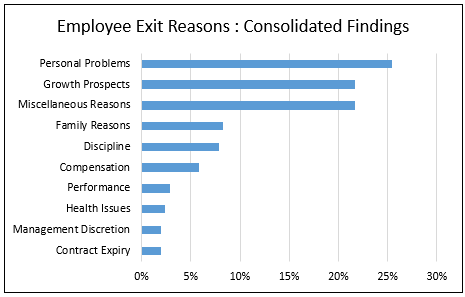
Reason 1: It’s Not You, It’s Me
According to LinkedIn survey data, 25% of employees leave their organizations due to personal problems. You can help retain employees whose problems are related to family issues, interpersonal issues with co-workers or supervisors, or dependent care such as caring for children or elderly parents.
Employee assistance programs (EAP) can help. So can empathetic supervisors and having someone in HR to discuss issues and options with. Taken together, these can alleviate some of the turnover that occurs when employees start having personal problems.
Reason 2: They Just Don’t See the Benefit
Employees are motivated by more than just salary. Pay is not the top rated factor in whether an employee leaves a job. According to Analytics in HR, salary is the lowest driver of employee turnover, accounting for just 1%. Nevertheless, benefits are a reason for employees to stay. If you don’t offer your employees these benefits, why do your employees leave you?
Harvard Business Review data indicates that 88% of employees give some or heavy consideration to benefits such as health insurance and flexible hours. Your business could be at a competitive disadvantage if you don’t offer both of those services.
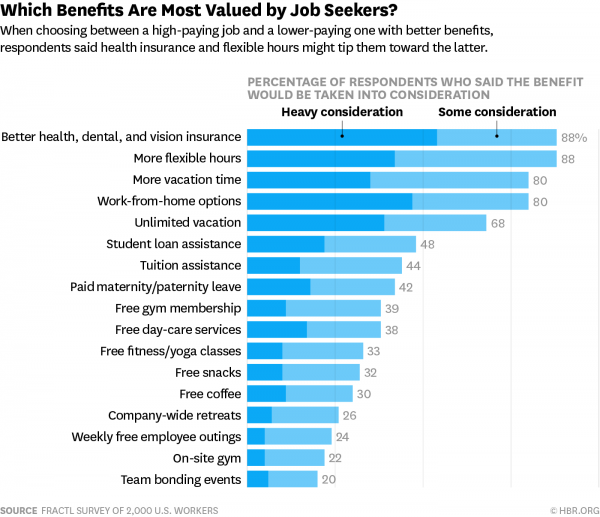
Some people find the lack of health benefits to be a deal breaker. Your position may be taken only long enough to find a replacement job that does offer benefits. It’s a common misconception that offering health insurance to employees is cost prohibitive. Even small businesses have options to provide low cost health insurance to their employees.
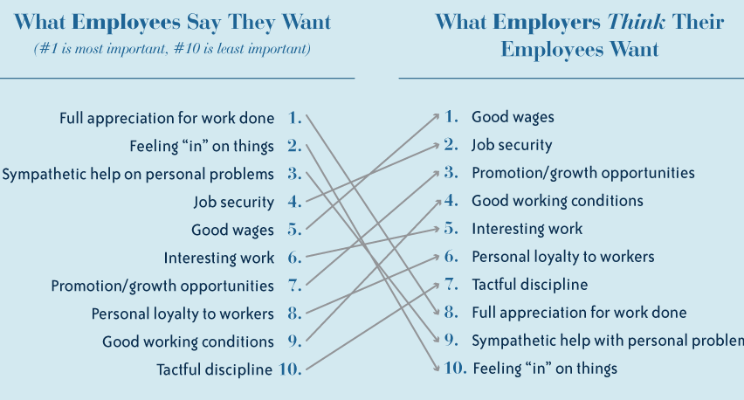
Reason 3: Bad Managers
We’ve all heard that people don’t leave jobs, they leave bosses. So take a look at your turnover rate by department — in fact, by manager — and see if there isn’t some kind of trend.
Are people transferring out of or quitting the finance department because the curmudgeon of a VP hasn’t given a compliment in a decade? Or has the owners’ son recently been promoted to manage the company without any leadership skills?
According to Forbes, 42% of workers stated they had left a company because of a bad boss. In reality, even when managers strive to be good leaders, there’s often a disconnect between what employees expect their managers to do and what employers want them to do, as shown in this chart.
Reason 4: Toxic Workplaces
You may have walked into a business, such as a restaurant, and sensed its toxic culture. There’s no eye contact from the hostess, the restrooms are dirty, the manager yells at the wait staff from the kitchen, and you’re afraid to return an undercooked meal out of fear that an angry chef will contaminate it. Employees don’t like working there either.
Consider secret shopping in your business units, stores, or offices if you’re an HR representative or manager. Pay attention to how your body feels. You might be working in a toxic environment if you tense up and can’t wait to leave. It’s probably a cool place for workers too, if you’re so comfortable you want to lounge around and help out for a while.
Lagging indicators of a toxic workplace include lawsuits for discrimination, sexual harassment complaints, or claims of wrongful termination, as well as negative exit interviews. Ask your employees why they quit – if a bad culture is the reason, change it. Are you unsure? Hold a few CEO breakfast sessions with workers and ask them how to improve the company culture. Your goal is to have productive employees who want to stay, not those who can’t wait to quit.
Is Your Company Struggling To Develop and Sustain Employee Engagement?
Reason 5: Low Wages
Although wages aren’t always an employee’s top priority, they do want to be paid fairly. If you’re an employer with wages consistently under the median, you’ll experience higher than average turnover. That’s because unless you’re the funnest-most-flexible workplace ever, people will eventually want to be paid what they’re worth, or at least will need to pay their bills.
Thankfully, you don’t have to be an expert in compensation to get access to salary survey data. It’s available for free on websites like Indeed, LinkedIn and Career Builder, to name a few.
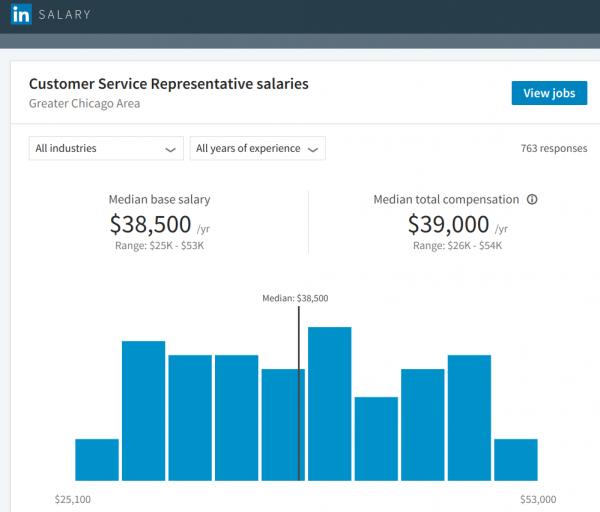

But don’t make the mistake of increasing salaries above the norm if you haven’t addressed the other items first — like improving managers’ skills and company culture. This chart above from LinkedIn shows that offering a competitive salary will only increase retention by about 10%, so it’s not the best place to invest your company’s money to improve retention. The other options, like an EAP, useful benefits, better training for managers, and workplace culture are much better business investments that will help reduce employee turnover.
Bottom Line
As a strategic business partner, HR is in a unique position to be able to bring these insights to leadership who hold the purse strings. Consider sharing articles like this with your business owner and executives as you build an approach to reduce employee turnover in your organization.
Research from the Center for American Progress shows the average cost to replace an employee is between 10% and 30% of their annual salary. Therefore, keeping the employees you have is ever-so-much cheaper than continually recruiting to find new ones.
Source: Gethppy
